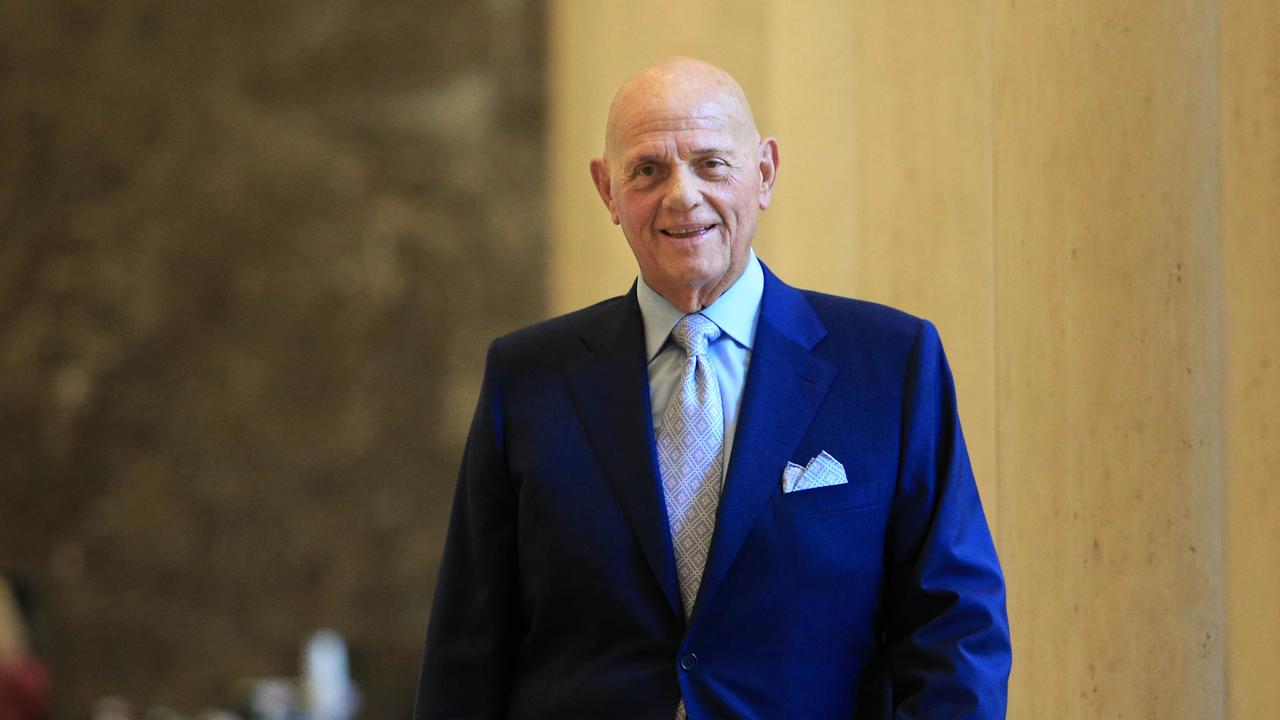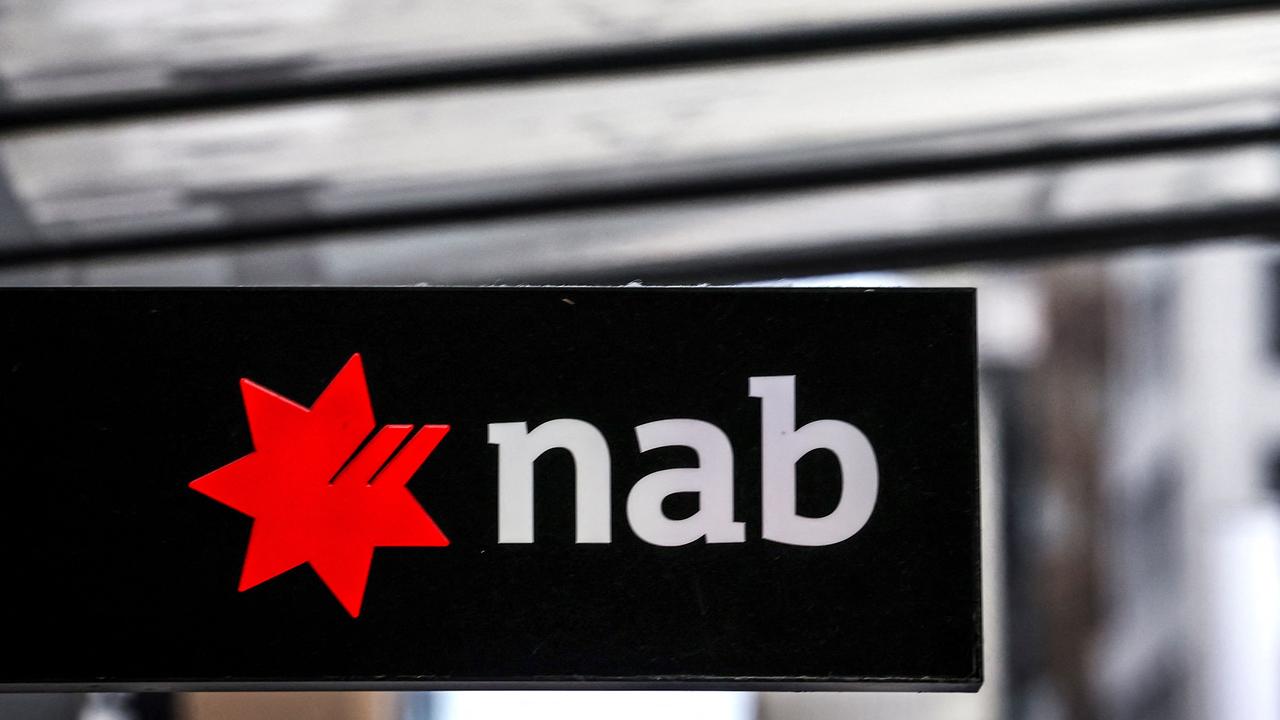Mazda CX-70 D50e Azami review and family road test
Among a revised SUV line-up, the Mazda CX-70 premium five-seater is chasing a new niche.
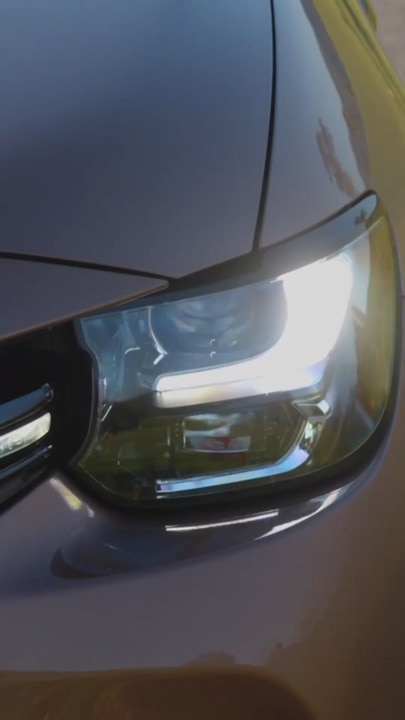
Business
Don't miss out on the headlines from Business. Followed categories will be added to My News.
For Mazda, it seems the adage “you can’t get enough of a good thing” is the new mantra alongside “zoom-zoom”.
Take a look at the current SUV line-up and you’d be forgiven for seeing double – if not quadruple.
Sitting in the arrivals lounge are the CX-60, CX-70, CX-80 (see the video above) and CX-90.
Logic would tell you the CX-60 is the medium SUV and then the next three models become incrementally larger. No.
The Australian division has long been the darling of Mazda’s global operations and we’re the only market to have all four variants on sale. So if you’re shopping for a large SUV you would be well served just walking into a Mazda showroom.
The CX-60 is slightly larger than the outgoing CX-5 and has a length of 4.7m, whereas the 70, 80 and 90 are all measure closer to the 5m mark in five and seven-seat guises, with petrol, diesel and plug-in hybrid drivetrain options.
Our test was in the range-topping CX-70 which shares much of its structure with the CX-90 (and is longer than the CX-80), but is only a five-seater with the third row removed. That means a monumental boot large enough to host a tea party.
An interesting niche to target, it’s especially looking at those with deep pockets as the drive-away price for the fully kitted Azami is more than $90k.
What do you get?
Mazda has pushed up-market since the days of chasing Australia’s number one seller position with the ’3 up against Toyota’s Corolla.
Step inside the CX-70 and it’s a showcase of premium materials. Our test car had the optional burgundy Nappa leather seat trim with quilting, which added a prestige dimension – as you’d expect for something in this price bracket.
The Azami looks a touch classier than the base GT model courtesy of body-coloured wheel arches, door handles and lower cladding. Other nice gear includes two 12.3-inch displays, one for the driver instruments and one central screen, panoramic sunroof, 12-speaker Bose stereo with wireless Apple CarPlay and Android Auto along with ventilated and heated front seats.
Capped price servicing is available for seven years. For five services (on average most people own a car for about five years) it’s just shy of $3300 under the capped price plan, which is $130 less than the petrol version.
Mazda Connected Services is free for three years (the subscription after that is about $140 for another three years), and via a smartphone app it can provide vehicle information like tyre pressures, locking status and maintenance needs, while the car can also be located if stolen. Geofencing alerts are another function, whereby if the CX-70 travels outside a designated area the owner can be alerted (handy for P-plate borrowers).
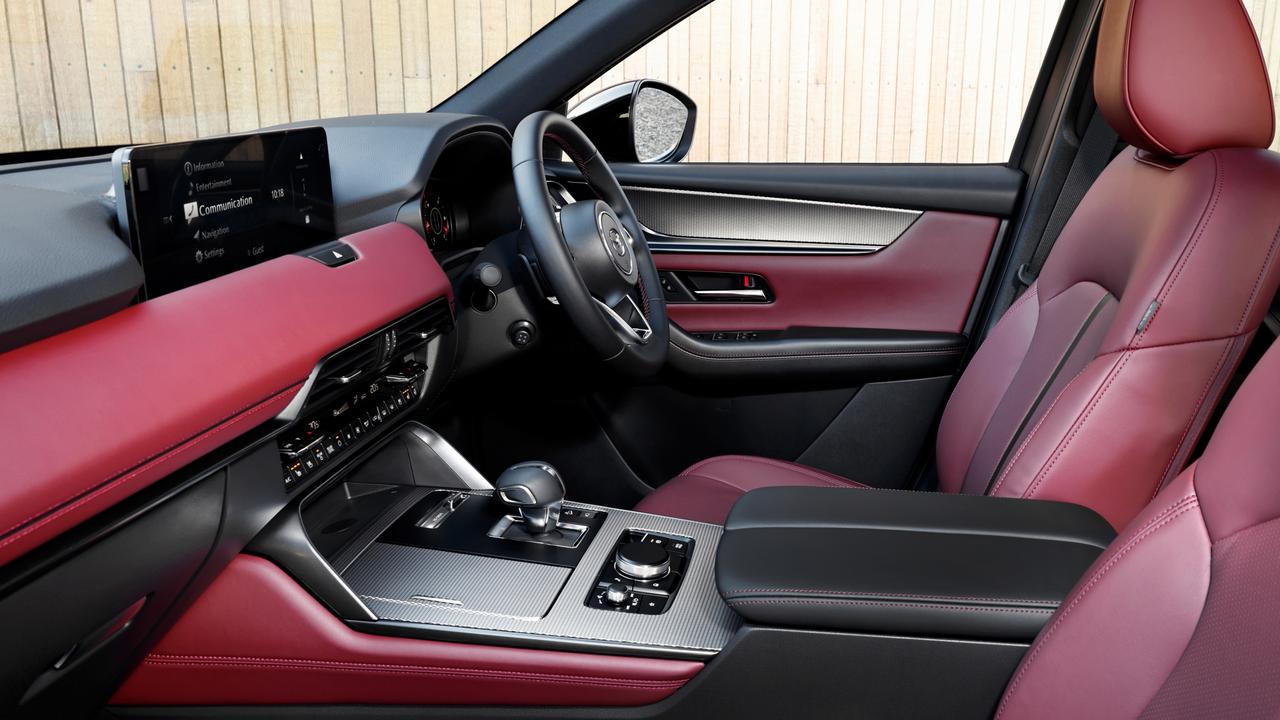
How was the drive?
Smooth and quiet, only discerning ears would identify it’s a diesel.
Under the bonnet is Mazda’s “mild hybrid” system where electric power supplements the diesel engine.
It never runs on full electric power and doesn’t require external charging, it does it all through energy recuperation from braking and deceleration. From take off the energy stored in a battery is then used to help accelerate and the driver never feels any interruption or power transmission.
Our colleagues during the launch phase of other variants noted some gearbox hesitation in petrol models, but we’re happy to report the diesel delivered silky performance with timely shifts from the eight-speed box and a hushed cabin.
Internal space is expansive, with ample leg and head room in the second row for taller adults.
The driver monitor system was among the best we’ve experienced. Some are far too intrusive with beeps and bongs going off regularly. Mazda has struck a good balance of alerting the driven when attention wavers.
Interestingly the central dial has to be used for primary infotainment functions, but the touchscreen can be used when selected for smartphone mirroring apps.
With a combination of metropolitan, highway and rural driving, the CX-70 returned an average consumption figure of just above 6L/100km. That’s good going for a big unit.
With a 74-litre tank it’s a range of more than 800km between servo visits.
Without the rear pews like its CX-90 brethren, the boot space is expansive. Space up to the rear package tray is nearly 600L, which usurps the majority of medium-size SUVs. Fill it to the roof and there is 923L of room, or drop the second row and it’s almost in people-mover territory at 2015L.
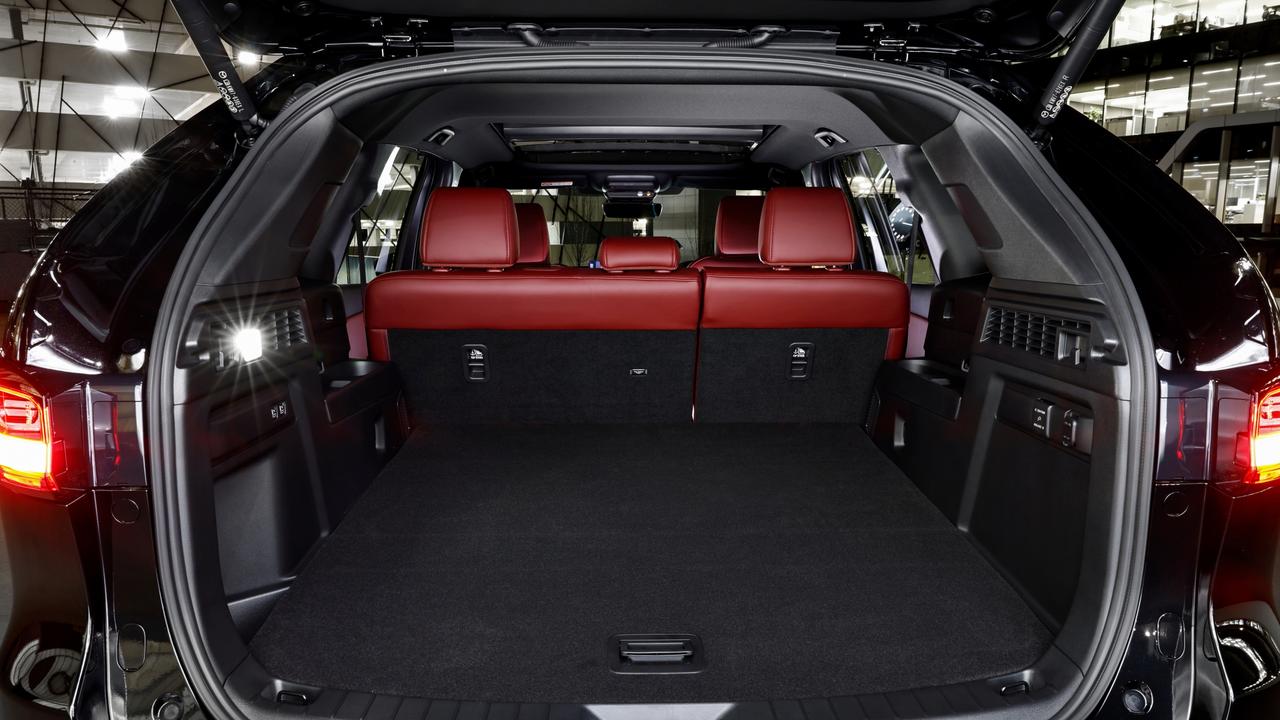
Would you buy one?
Kel: The CX-70’s appeal grew on me throughout the test. Plaudits for the cabin design, easy access to the aircon controls and I also liked the gated shifter. But I didn’t like using the central dial again for the infotainment … I feel like that’s a step backwards. For a large SUV it was easy to drive and nice, but I’d want some more wow factor for my $90,000.
Grant: Mazda is trading on its brand and looking to woo buyers with impressive fit and finish. Looking at the line-up, the CX-70’s position is an interesting one. It’s understandable that not all have a need for seven seats, but still I’d be inclined to buy the CX-90 with space for a netball team for additional resale appeal. But it’s still hard to go past the Hyundai Santa Fe, Kia Sorento or a Toyota Kluger for far less outlay.
More Coverage
Originally published as Mazda CX-70 D50e Azami review and family road test



